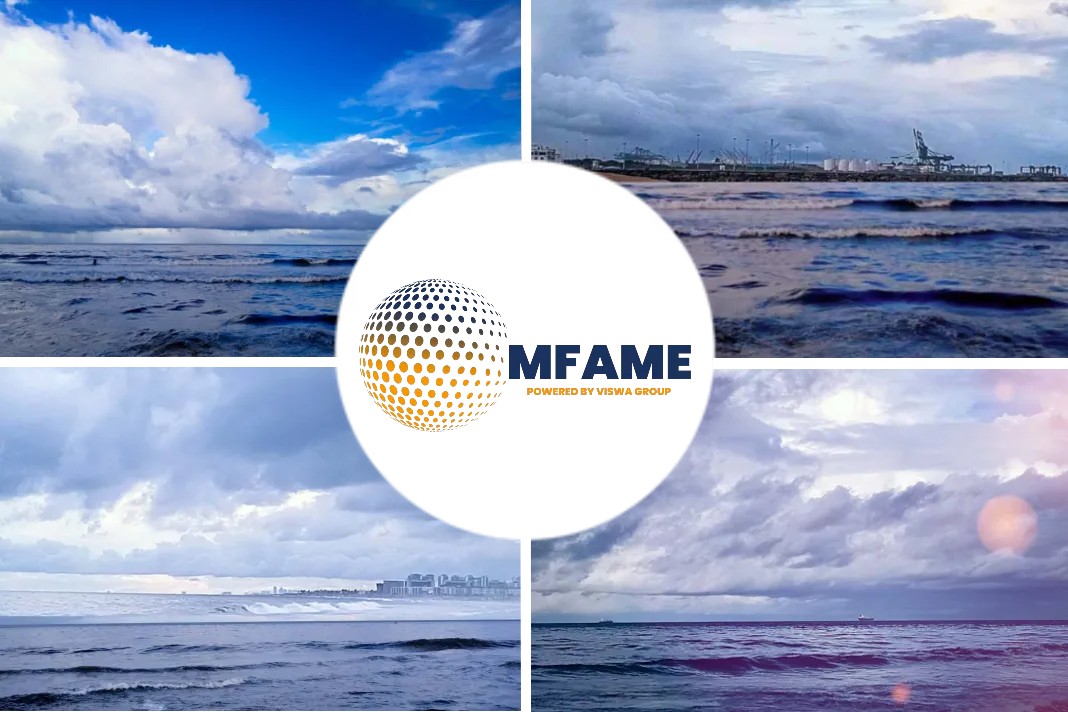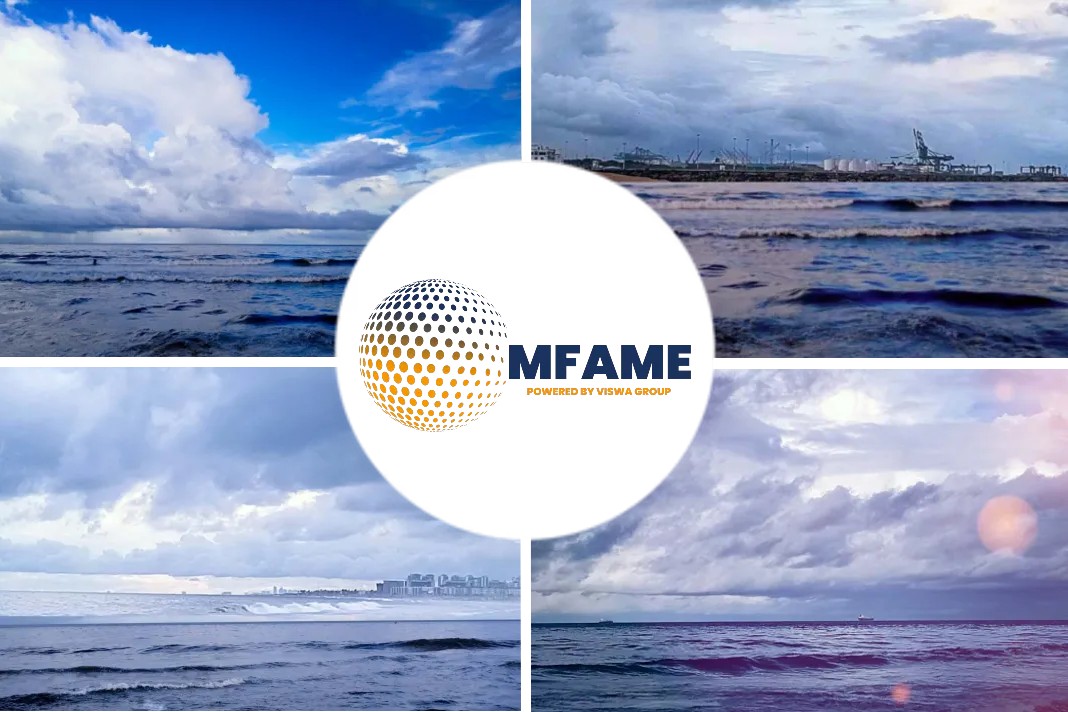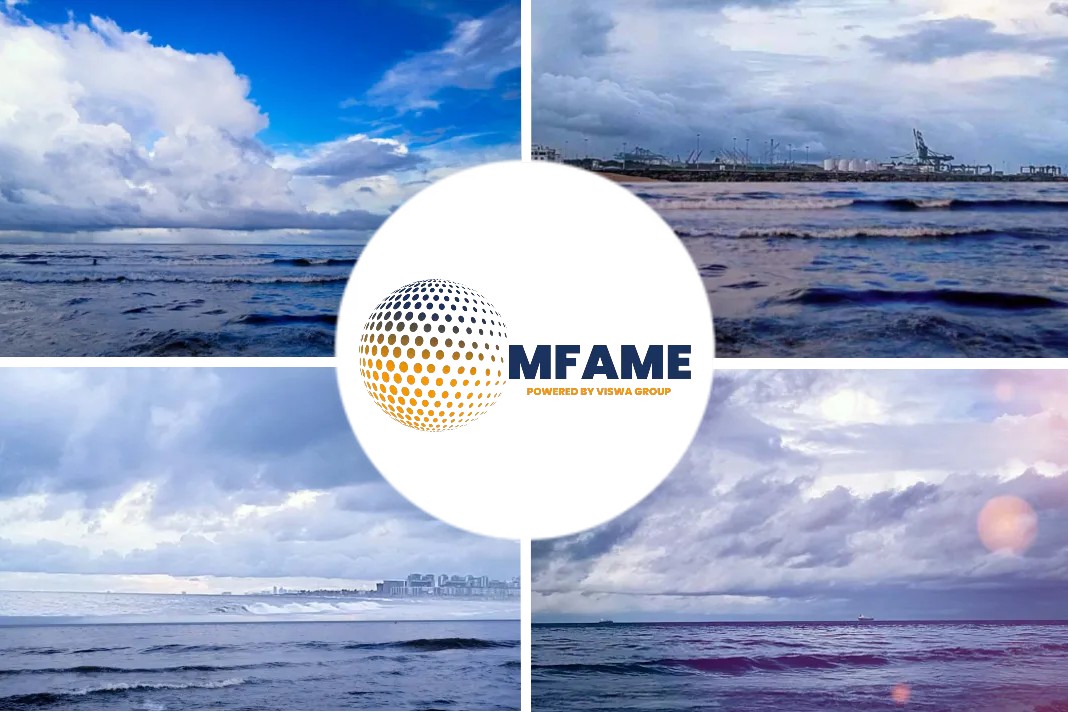In a major development, Hapag-Lloyd has announced that they are suspending three of their six North European feeder services, as volumes in the region continue to collapse, reports the LoadStar.
Present Scenario
- According to a customer advisory from Japanese carrier ONE: “The current Baltic services GTE, SDX and REX will be suspended from the end of May for a period of approximately six months by our partner Hapag-Lloyd”.
- In fact, the GTE (Gothenburg Express), which runs between Hamburg, Frederica, Oslo, Helsingborg and Gothenburg, has been out of action since the end of April, with the 1,000 teu Helena Schepers at anchor at the mouth of the Elbe.
- Similarly, the final SDX, linking Hamburg, Aarhus, Copenhagen and Gothenburg, will be on 20 May, with the departure of the 868 teu Hanna from Gothenburg. The vessel will be operated by Unifeeder, with the previous vessel, the 1,000 teu Alana, also now at anchor in the Elbe.
- The final sailing of the REX service, which hubs at Hamburg and runs into the Baltic with calls at Kotka, St Petersburg, Riga and Gdynia, is under discussion with the operator of its two 1,404 teu vessels, Christopher and Charlotta B.
All three services came under the Bilateral Strategic Feeder Network Cooperation Agreement between Hapag-Lloyd and ONE in late 2018, which saw the two carriers offer each other space on intra-Europe and intra-Asia feeder services.
The move leaves Hapag-Lloyd’s BAX, PEX and NBS as its three remaining Scandinavia and Baltic Sea feeder services
Feeder Volume Plunge
North European feeder volumes have plunged in the wake of the coronavirus pandemic, with third-party operators finding it increasingly difficult to maintain schedules due to the growing number of blanked deepsea services.
“We haven’t got a clue how much they want us to load from one week to the next, and from where,” one feeder operator told The Loadstar this week. “Their ships still running from China are often dumping cargo at transit detention ports, so the numbers are constantly changing.”
Did you subscribe to our daily newsletter?
It’s Free! Click here to Subscribe!
Source: The LoadStar





















